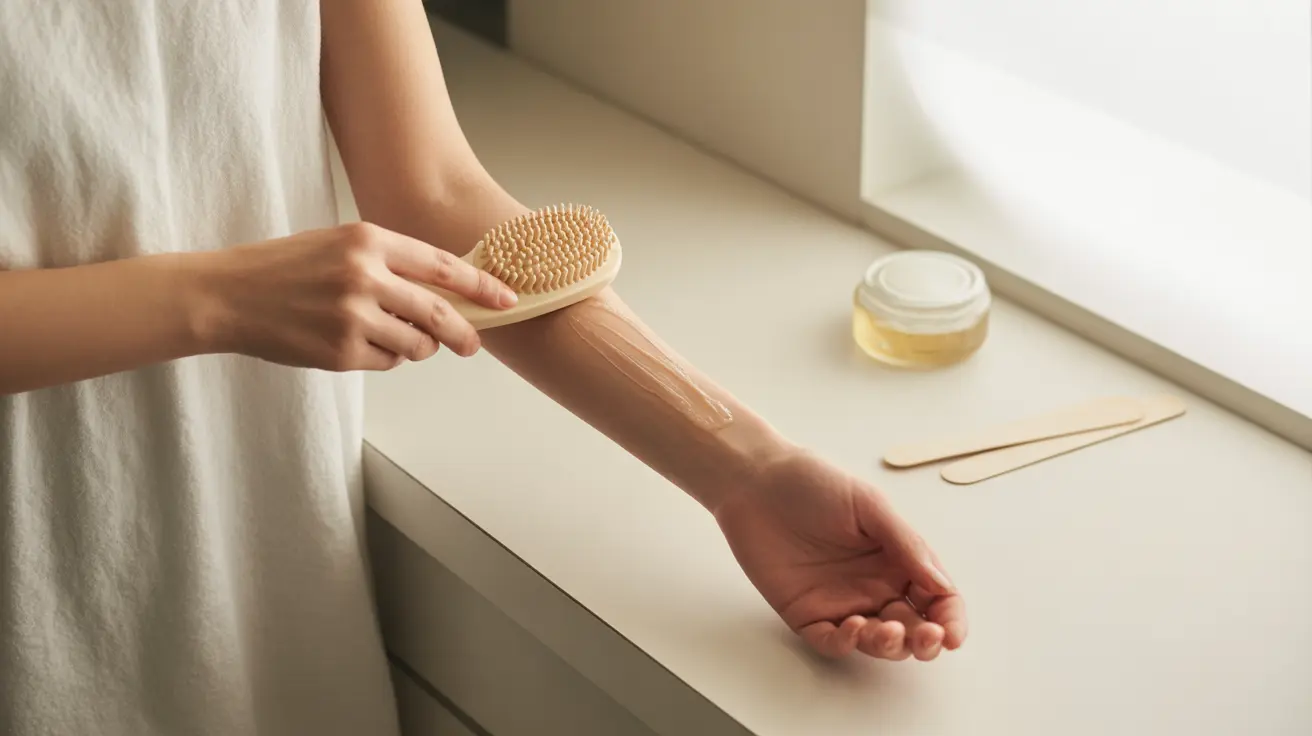At-home waxing can be an effective and economical way to remove unwanted body hair, but it requires proper knowledge and technique to achieve safe, successful results. Understanding the correct preparation, application methods, and aftercare is essential for minimizing discomfort and preventing potential skin complications.
This comprehensive guide will walk you through everything you need to know about waxing safely at home, from pre-waxing preparation to post-treatment care, helping you achieve professional-quality results while protecting your skin.
Preparing Your Skin for Waxing
Proper skin preparation is crucial for successful at-home waxing and helps prevent adverse reactions. Here are the essential steps to follow:
- Ensure hair length is between 1/4 to 1/2 inch long
- Gently exfoliate the area 24-48 hours before waxing
- Cleanse the skin thoroughly before beginning
- Apply a pre-waxing oil or powder to protect the skin
- Perform a patch test 24 hours before full treatment
Safe Waxing Application Techniques
The way you apply and remove wax can significantly impact your results and comfort level. Follow these professional techniques:
Applying the Wax
Always test the wax temperature on your inner wrist first. Apply the wax in the direction of hair growth using firm, even pressure. Keep the layer thin and consistent - thick applications can lead to bruising and ineffective hair removal.
Removal Method
Hold the skin taut with one hand while quickly pulling the wax strip against the direction of hair growth with the other. Keep the pulling motion parallel to the skin rather than upward to prevent bruising and irritation.
Post-Waxing Skincare
Proper aftercare is essential for preventing infection and soothing the skin:
- Apply a cooling gel or aloe vera immediately after waxing
- Avoid hot showers, swimming pools, and direct sunlight for 24 hours
- Wear loose, breathable clothing to prevent irritation
- Apply an antiseptic cream to prevent infection
- Avoid touching the freshly waxed area with unwashed hands
Important Safety Considerations
Be aware of these crucial safety factors before attempting at-home waxing:
- Never wax over cuts, bruises, or irritated skin
- Avoid waxing if you're using retinoids or other exfoliating treatments
- Wait at least 2 hours after eating before waxing the upper lip
- Don't wax during or immediately before menstruation when skin sensitivity is heightened
- Consider your pain tolerance and start with small, less sensitive areas
Frequently Asked Questions
How do I safely prepare my skin before waxing at home to avoid irritation and ingrown hairs?
Exfoliate 24-48 hours before waxing, ensure the area is clean and dry, and apply a pre-waxing oil or powder. Trim hair to the correct length (1/4 to 1/2 inch) and avoid harsh skincare products before waxing.
What are the best techniques for applying and removing wax to prevent burns and skin damage?
Always test wax temperature first, apply in thin layers in the direction of hair growth, and remove the strip quickly against hair growth while holding skin taut. Never reapply wax to the same area multiple times.
What should I do if I get a burn or skin irritation from waxing?
Immediately apply a cool compress, followed by aloe vera or an over-the-counter burn cream. Keep the area clean and avoid touching it. If severe burning or blistering occurs, seek medical attention.
How can I care for my skin after waxing to reduce redness, infection, and discomfort?
Apply a cooling gel immediately after waxing, avoid hot water and sun exposure for 24 hours, wear loose clothing, and use an antiseptic cream. Keep the area clean and avoid excessive sweating.
Are there any risks or conditions that mean I should avoid waxing certain areas or waiting before waxing again?
Avoid waxing if you have diabetes, varicose veins, or are using retinoids. Wait 4-6 weeks between waxing sessions. Don't wax over sunburned, irritated, or broken skin, and consult a healthcare provider if you have any skin conditions.




